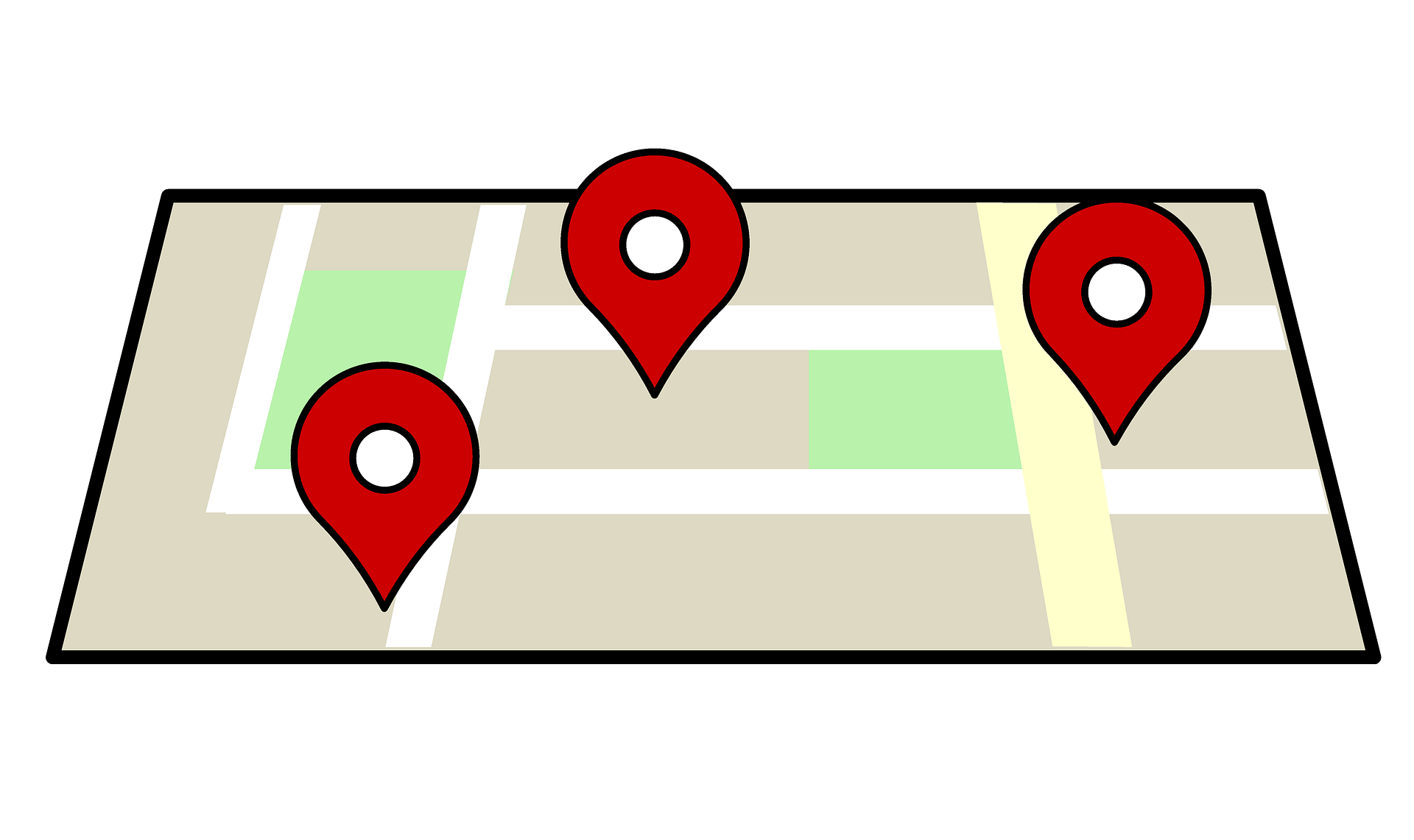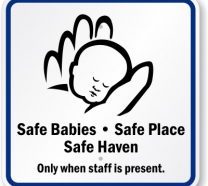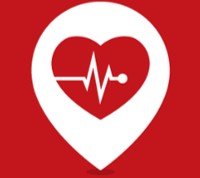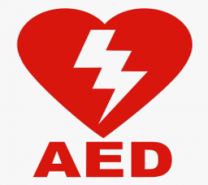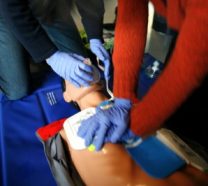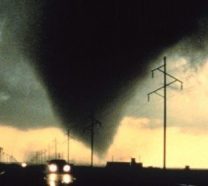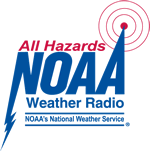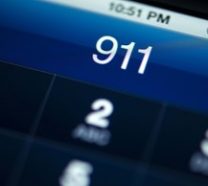Safe Haven Law
Abandoned Infant Protection
All Georgetown Fire Stations serve as Safe Havens under the Texas Family Code (Chapter 262, Subch. B, Sec. 262.301), which offers a protected legal alternative to unsafe infant abandonment.
There are many new parents who feel they cannot take care of their child and that there is nowhere to turn. The Texas Department of Family and Protective Services Baby Moses (or Safe Haven) Law allows parents to relinquish their unharmed infants to staff in safe havens while remaining anonymous and avoiding civil or criminal liability.
An unharmed newborn up to 60 days old may be handed off to a staff member at any hospital, fire station, or emergency medical services (EMS) station in Texas. NO QUESTIONS ASKED and NO FEAR OF PROSECUTION.
For more additional information and/or resources, please visit the following sites:
Texas Department of Family Protective Services: Information for Parents
National Safe Haven Alliance
Texas Baby Moses Project
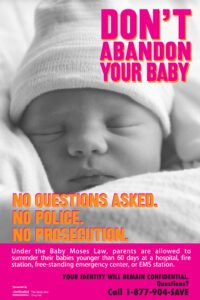
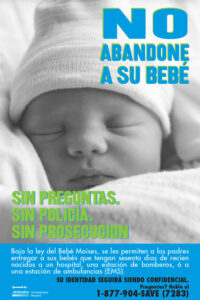
Fire Department Safe Haven Locations
Fire Station 1
301 Industrial Ave
Georgetown, TX 78626
Fire Stations 2
1603 Williams Drive
Georgetown, TX 78628
Fire Station 3
5 Texas Drive
Georgetown, TX 78633
Fire Station 4
4200 Airport Road
Georgetown, TX 78628
Fire Station 5
3600 DB Wood Rd
Georgetown, TX 78628
Fire Station 6
6700 Williams Drive
Georgetown, TX 78633
Fire Station 7
2711 E University Ave
Georgetown, TX 78626
Administration
3500 DB Wood Rd
Georgetown, TX 78628
PulsePoint
The City of Georgetown has made a new life-saving smartphone app available in the market place. The app, called PulsePoint, is integrated in the county’s 911 system and alerts CPR-trained bystanders in the immediate vicinity of a cardiac emergency, so they can get to the scene and start CPR in the critical minutes before EMS teams arrive. Through the use of location-aware mobile devices, PulsePoint is building applications that work with local public safety agencies to improve communications with citizens, empowering them to help reduce the millions of annual deaths from sudden cardiac arrest (SCA). Deployment of the PulsePoint app can significantly strengthen the “chain of survival” by improving bystander response to cardiac arrest victims and increasing the chance that lifesaving steps will be taken prior to the arrival of emergency medical services (EMS).
Watch this video to see how PulsePoint can help turn Georgetown citizens into EVERYDAY HEROES
Smart911
Residents of Georgetown can now sign up for a new safety initiative, Smart911, which is available to all individuals. Smart911 is a free service that allows individuals and families to sign up online and provide key information to 9-1-1 centers. This information enables faster and more effective emergency response by law enforcement, fire, and emergency medical services. With Smart911, citizens can link both home and work addresses to mobile phones, which can be passed on to responders in the field for more a detailed, rapid response. Additional information including pets in the home, vehicle details in the event of an accident, and even emergency contacts can all be included in a Safety Profile. All information is optional and the citizen has the ability to choose what details they would like to include.
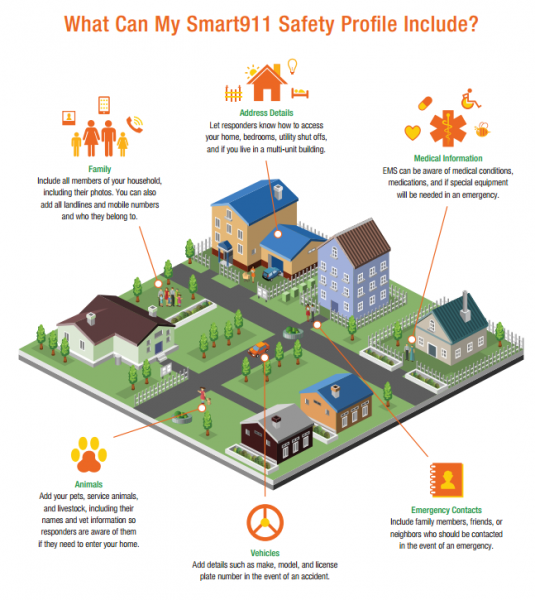
Station Tours
Georgetown Fire Department offers station tours for all ages. To schedule a tour, please contact us at (512) 931-2761 or you can send an email request here.
Please be prepared to provide the following:
-
-
-
-
Name of organization;
-
Name and phone number of the person requesting and responsible for the tour;
-
Date and time you are requesting the tour;
-
Number and age range of participants;
-
Any special requests or needs.
-
-
-
While tours are generally customized to each groups’ educational needs, here is what you can expect during your tour:
-
-
-
The group will have an opportunity to meet some of the Georgetown Fire Departments firefighters, paramedics and emergency medical technicians who serve the community
-
A guided tour of the fire station, making stops along the way to provide fun facts, and show the tour group where firefighters eat, sleep, and train when not on an emergency call
-
-
-
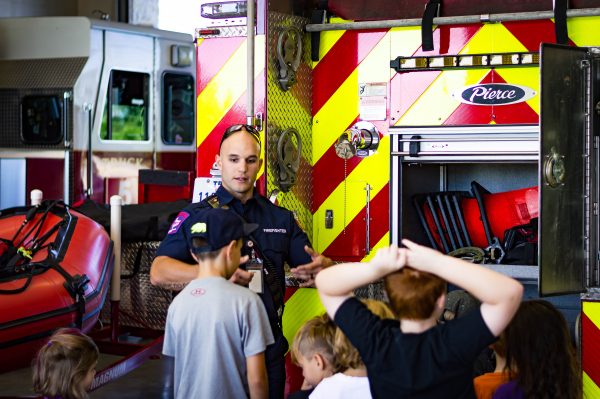
-
-
Tour the fire trucks, ambulances and get the chance to see some firefighting equipment with brief explanations of their use or purpose
-
A brief fire safety talk (appropriate for age group)
-
Educational information provided (when available) such as stickers, coloring books, fire hats, as well as informational health and safety pamphlets and brochures.
-
-
AED Registration
— IMPORTANT INFORMATION —
State of Texas Health & Safety Code, AEDs
↑ Addresses Definitions, Training Requirements, Maintenance, Use, Notification to Local EMS Provider, Liability Exemption, and Possession of an AED City of Georgetown Local Fire Code/Ordinance, AEDs
↑ City of Georgetown’s adopted 2015 International Fire Code, addressing Automated External Defibrillators (Sec. 8.04.560 – Section 520) Georgetown Fire Department AED Registration Form
Texas Summary |
||||||||||||||||
|---|---|---|---|---|---|---|---|---|---|---|---|---|---|---|---|---|
|
CPR Training
Georgetown Fire Department offers a variety of CPR classes for the community. If you are interested in learning more about CPR or which class is best for you, please see the class descriptions below:
Blood Pressure Checks
Visit Georgetown Fire Stations for Free Blood Pressure Checks
and Learn About Recommendations for Managing High Blood Pressure!
Georgetown Fire Department invites members of the Georgetown community to visit their neighborhood station to get their blood pressure checked and learn about managing high blood pressure.
It is important for everyone to monitor their blood pressure and Georgetown Fire Department is here to help. Unless Georgetown firefighters are engaged attending to an emergency, they are available to check your blood pressure, advise you on understanding it, and giving you recommendations for managing high blood pressure. Another name for high blood pressure is hypertension. About 80 million U.S. adults suffer from this condition. It is important to know if you have high blood pressure and need to seek treatment by a physician. Treatment measures can be as simple as lifestyle changes, such as diet and exercise, or your doctor may recommend medication. Georgetown firefighters can explain what your numbers mean, after they evaluate your blood pressure.
For Georgetown Fire Stations locations, please click here.
For more information on high blood pressure, please visit the American Heart Association’s website.
Severe Weather Information
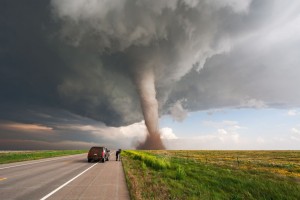 Severe Weather Season is Here! Preparation is Our Best Defense! Severe weather season can bring frightening storms, incredible damage and change lives in the blink of an eye. The best way to meet violent Texas weather is to be prepared.
Severe Weather Season is Here! Preparation is Our Best Defense! Severe weather season can bring frightening storms, incredible damage and change lives in the blink of an eye. The best way to meet violent Texas weather is to be prepared.
KnoWhat2Do has a number of steps you can take to help each member of the family know what to do when storms are coming.Knowing your hazards is just one component of preparedness- the next step is to ACT! Make sure each member of the family knows how to use the following resources:
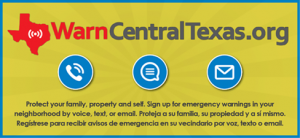 Emergency Notification System through WarnCentralTexas
Emergency Notification System through WarnCentralTexas
The Capital Area Council of Governments uses a regional notification system (RNS), WarnCentralTexas.org, as a crucial public-safety tool. The Web-based tool is available to users throughout the CAPCOG region to alert the public to emergency and non-emergency situations. It’s an effective tool for notifying a relatively large number of people in a short period of time. Messages may include content such as incident-specific information, recommended protective actions or response directives. They can be delivered to various devices that accept voice, email or SMS text content and to alpha or numeric pagers. The message sender identifies recipients, develops the message and determines which types of devices receive the message. Regional partners that use RNS can send voice messages to landline phones using CAPCOG’s 9-1-1 database. However, residents and visitors to the CAPCOG region must register their cellphone numbers and email addresses to receive notifications on mobile devices or computers.
NOAA All Hazards Weather Radio (NWR)
Listen for emergency information.
The NOAA Weather Radio All Hazards, or NWR, is a nationwide network of radio stations broadcasting forecasts, warnings, and emergency information 24 hours a day. It is a comprehensive weather and emergency information service available to the public. All-hazards messages include weather events, technological incidents like chemical spills, AMBER alerts, and national emergencies. NWR also broadcasts EAS notices.
 The FEMA Emergency Alert System (EAS) Tune into your radio for instructions.
The FEMA Emergency Alert System (EAS) Tune into your radio for instructions.
The Emergency Alert System (EAS) is used by alerting authorities to send warnings via broadcast, cable, satellite and wireline communications pathways. EAS participants, which consist of broadcast, cable, satellite and wireless providers, are the stewards of this important public service in close partnership with alerting officials at all levels of government. The EAS is also used when all other means of alerting the public are unavailable, providing an added layer of resiliency to the suite of available emergency communication tools. FEMA constantly works to improve the EAS is to better ensure seamless integration of CAP-based and emerging technologies.
Outdoor Warning System
Pay attention to sirens. Sirens may be used for all-hazard notification. When sirens are sounded, go indoors and tune in to local news and radio programs to understand the nature of the emergency.
TV Broadcasts Watch for emergency interruptions and tune into news stations.
If you live in a trailer or other housing susceptible to tornadoes or high winds, consider your evacuation plan.
- Plan places to meet within and outside of your immediate neighborhood.
- Keep a half tank of gas in your car at all times in case you need to evacuate.
- Familiarize yourself with alternate routes out of your area.
- If you don’t have a car, plan other means of transportation.
A tornado is one of nature’s most powerful and destructive forces.
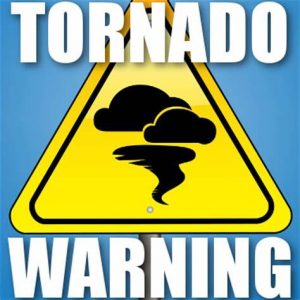
- Prepare for a tornado by gathering emergency supplies including food, water, medications, batteries, flashlights, important documents, road maps, and a full tank of gasoline.
- When a tornado approaches, anyone in its path should take shelter indoors—preferably in a basement or an interior first-floor room or hallway.
- Avoid windows and seek additional protection by getting underneath large, solid pieces of furniture.
- Avoid automobiles and mobile homes, which provide almost no protection from tornadoes.
- Those caught outside should lie flat in a depression or on other low ground and wait for the storm to pass.
911 Tips
Do’s and Don’ts When Faced with Fire Emergencies
Calling 9-1-1 : What to Expect
Georgetown has an enhanced 9-1-1 system. This means that the 9-1-1 operator (referred to as the “dispatcher”) can identify through the system’s computer, the phone number and address of the calling party. This assists in timely dispatching of police or fire units to the emergency scene.
-
The caller should tell the dispatcher which type of emergency they are reporting (police, fire, or medical) or give a description of the problem, allowing the dispatcher to decide how to route the call.
-
Whenever a person calls 9-1-1, their message needs to be clear. The dispatcher will ask you a series of questions and verify the address. They also need to stay on the phone until the person in the 9-1-1 center has released them from the conversation.
-
The dispatcher will begin to dispatch emergency units immediately and the closest available fire engine or ladder truck will respond to the call.
-
All Georgetown firefighters receive medical training and are certified Emergency Medical Technicians (EMTs) or Paramedics.
-
Try to stay calm. State what kind of emergency it is — fire, car accident, trauma, etc. Then tell the dispatcher where the incident is.
-
Stay on the phone. The dispatcher may ask more questions or want you to stay on the line. Emergency units already have been dispatched even while you are talking with the dispatcher.







